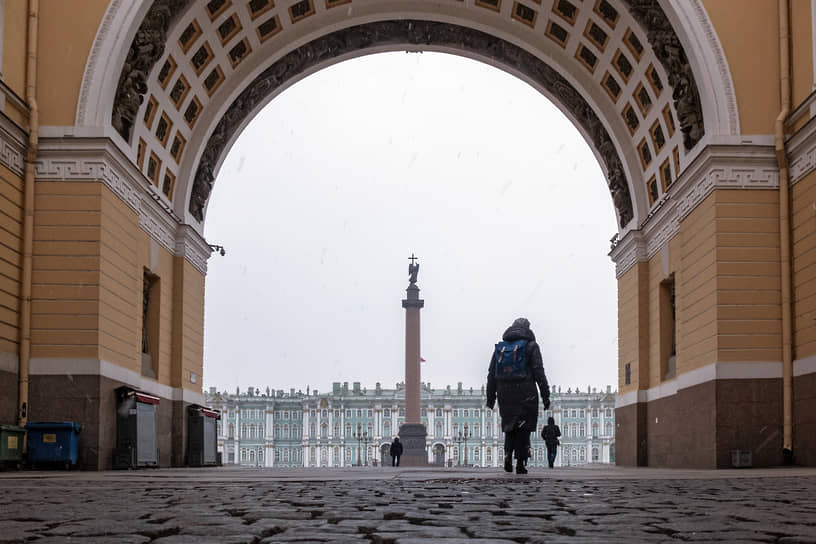Archaeological sites in the Transbaikal region will be included in the UNESCO World Heritage List with the support of scientists from Tatarstan. As stated during the scientific-practical conference “Genghis Khan. Heritage in Eurasian Statehood,” the director of the Institute of Archaeology of the Academy of Sciences of the Republic of Tatarstan expressed readiness to “join and facilitate the process.”
According to him, the Transbaikal region has such sites. Granting them UNESCO World Heritage status is a matter not of “prestige or competition between regions,” but of residents recognizing “their historical significance.”
According to the acting Minister of Science and Professional Education of the Transbaikal region, the authorities plan to submit the first application for the Sukhotinsky and Ust-Menzinsky archaeological complexes, followed by the Kondusky and Khirkhirinsky settlements, the Wall of Genghis Khan, and the Delun-Boldok area. The Ust-Menzinsky complex is considered to have the highest chances, as “dissertations have been defended in the USA and scientific papers published in Japan” about it.
The scientific-practical conference “Genghis Khan. Heritage in Eurasian Statehood” was held in the Transbaikal region on October 13 and 14, with more than 20 prominent scientists participating, including academicians and doctors of sciences from Moscow, Vladivostok, Krasnoyarsk, Chelyabinsk, Irkutsk, Ulan-Ude, as well as specialists from Mongolia and China.
Sukhotinsky archaeological complex
The Sukhotinsky archaeological complex is a significant ancient site located in Russia’s Bryansk region, dating primarily to the late Bronze and early Iron Ages. It encompasses the remains of a fortified settlement and associated burial mounds, providing valuable insights into the life and culture of the Eastern Baltic tribes. The complex is an important source for understanding the pre-Slavic history of the western Russian territories.
Ust-Menzinsky archaeological complex
The Ust-Menzinsky archaeological complex is a significant site located at the confluence of the Menza and Vitim Rivers in Siberia. It contains a multi-layered settlement that reveals a long history of human habitation, with artifacts and remains dating from the Mesolithic era through the Early Iron Age. This complex provides crucial evidence for understanding the cultural and historical development of ancient populations in the Transbaikal region.
Kondusky settlement
I am unable to provide a summary for the “Kondusky settlement” as I cannot find any verifiable historical or cultural information about this specific place. It is possible the name is misspelled, refers to a very localized or obscure site, or is not a widely recognized cultural or historical location. You may want to verify the spelling or provide additional context.
Khirkhirinsky settlement
The Khirkhirinsky settlement is an archaeological site in Russia’s Transbaikal region, believed to be the ruins of a fortified town from the medieval Khitan-led Liao Dynasty (10th-12th centuries). It served as an important administrative and military outpost on the empire’s northern frontier. The site provides valuable insight into the expansion and influence of the Khitan people in the region.
Wall of Genghis Khan
The “Wall of Genghis Khan” is a misnomer for the Great Wall of China, which was primarily built by various Chinese dynasties over centuries to protect against northern invasions. While Genghis Khan and the Mongol Empire successfully breached the wall during their 13th-century conquests, they did not construct it. The name likely stems from historical associations with the Mongol leader’s famed military campaigns in the region.
Delun-Boldok area
I am unable to provide a summary for the “Delun-Boldok area” as I do not have any specific information about this location in my knowledge base. It is possible that the name is spelled differently, refers to a very localized or lesser-known site, or is from a fictional source. To assist you better, could you please provide more context or verify the spelling?
Palace Square in St. Petersburg
Palace Square is the central city square of St. Petersburg, Russia, renowned for its historical and architectural significance. It is dominated by the Winter Palace, the former official residence of the Russian monarchs, and the surrounding buildings reflect different eras, from Baroque to Neoclassical. The square has been the site of major historical events, most famously the Bloody Sunday massacre in 1905 and the 1917 October Revolution.
UNESCO World Heritage List
The UNESCO World Heritage List is a prestigious international register of cultural and natural sites deemed to have outstanding universal value. Established in 1972 through an international treaty called the World Heritage Convention, its purpose is to identify, protect, and preserve the world’s most significant cultural and natural heritage for future generations. The list includes iconic landmarks ranging from the Great Wall of China to the Galápagos Islands, representing humanity’s collective history and the planet’s natural wonders.




